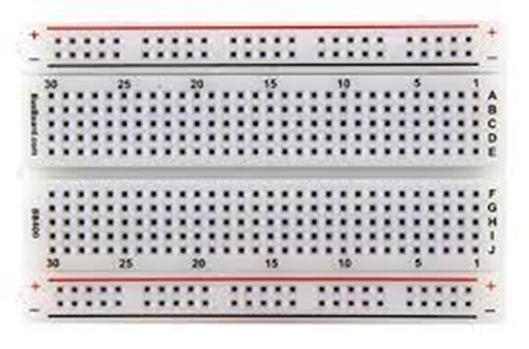Multimedia hall, National college
INTRODUCTION
Today, we had a different, unique and innovative session conducted by Dr. Ganeshaiah sir and Shubhankar sir.
Dr. Ganeshaiah sir is a senior scientist of INSA (Indian National Science Academy ) since 1997.
He has achieved many things by publishing – 200 scientist papers and 14 scientist papers in meetings
· 11 books
· 25 literatures
· 38 book chapters
· 11 CD’s
· 13 articles
He is also a part of the agriculture university.
The session was started by a beautiful sentence by Mary curie -"Nothing in life is to be feared; it is only to be understood." "I am one of those who think like Nobel, that humanity will draw more good than evil from new discoveries”
Infact, this beautiful portrait is done by Shubhankar sir who is an artist
WHAT IS NEEDED IN SCIENCE
1. Common sense
2. Curiosity / persuasion
3. Madness / love for working
4. Leave the lab and go out
5. Be a goat and not a sheep
6. Try to do science in every walk of life
Different real stories of a people were explained for proving all these above sentences.
COMMON SENSE
· One day in a hotel, Ganeshaiah sir observed a boy and girl fighting among for a reason of coke and fanta.
· While fighting, a boy pours one spoon of his coke in her fanta and even she does the same.
· Then, she says Ganeshaiah sir that there is more coke in fanta.
· The question is, is that true?
· Here, we got to use the common sense, for easily understanding, sir has taken example of students of national college and GAS college and imagining of the students mixing the same way as in the story.
· The conclusion in this story is that ‘ the science is completely based on common sense’ .
CURIOSITY / PERSUASION
Guddani
· It is used in kolar district
· It has a myth that says it consists of ghosts
· It is used to preserve seeds
· The guddani is supposed to be held behind the back to prevent the ghost from eye contact
· But after use it is supposed to be thrown into water for preventing ghosts entering you
· But the actual reason is to prevent insects from laying eggs in seeds
· And the reason for the guddani to be behind the back is because the fungus grown on the dead insect brings diseases.
· His daughter, not believing this tried to find a scientific reason of this guddani working basically like pesticides.
· This story says the importance of having curiosity.
MADNESS / LOVE FOR WORKING ( Love science more than anything)
Chimps
· Jane Goodall lives in Zimbabwe with chimpanzees
· One day a girl wanted to learn about chimps so she went to Jane
· But Jane gave her a book and a pencil
· For few days she didn't understand what to do, then Jane told her to live with chimps
· She observed that a chimp got up at 4 AM and went to eat a specific leaf (Aspelia species).
· She went and told Jane so, Jane told her that she got her PhD.
· She researched about the leaves from the tribal people and got to know that they learned to eat the leaf to cure cold worm and stomachache by chimps.
· We also learnt about other animals as to how they treat themselves .
· dog they eat the grass and have a nosia immediately so that there stomach is reliefed from germs .
LEAVE THE LAB AND GO OUT
· Here, we had a example of one of the student whose name is Gaanapriya who was a Msc student
· she wanted to have a project on DNA (genetics) But she did not know what she wanted to do exactly.
· So sir took along her to Mysore for a project where, while going to the place they went on the way kokrebellur where she started observing the birds where they were carrying twigs.
· So she started thinking about it and started researching about it as to why it is carrying?
· Out with the results she got to know that 65 birds out of 128 they carried these populinia twigs and those birds change their bed everyday to get rid of miths and these were a good antibiotic to it.
· She even got some question from a boy that ‘ how do you think it is because the plant has antibiotic, there might be more of these plants available near by?’
· Then, when she tested, she had a proof also.
BE A GOAT AND NOT A SHEEP
· The above story itself explain this sentence, as Ms. Gaanapriya was trying to do what everyone was doing researching about DNA. This characteristic is of a sheep which goes in way of every other sheeps and eat what other sheeps eat and not what it wants to eat.
· But then, she got into a different path finding about the birds habits. Ofcourse! Even this research is also under the science.
TRY TO DO SCIENCE IN EVERY WALK OF LIFE
· You can observe in all the above stories, people finding different things to observe in a normal life, there are many things that we can research about. Even the simple things make a science.
· We even had a story of a girl who found a idea by sitting in a commode.
· People think everything is already found by great scientists like Isaac newton, albert Einstein etc.
· There are many things that we can discover, if we really want to.
THANK YOU.
Report by:
Varsha. S
Tarashree
Samhitha
Tejas

%20-%20Varsha%20S%20Shivaru.jpeg)























